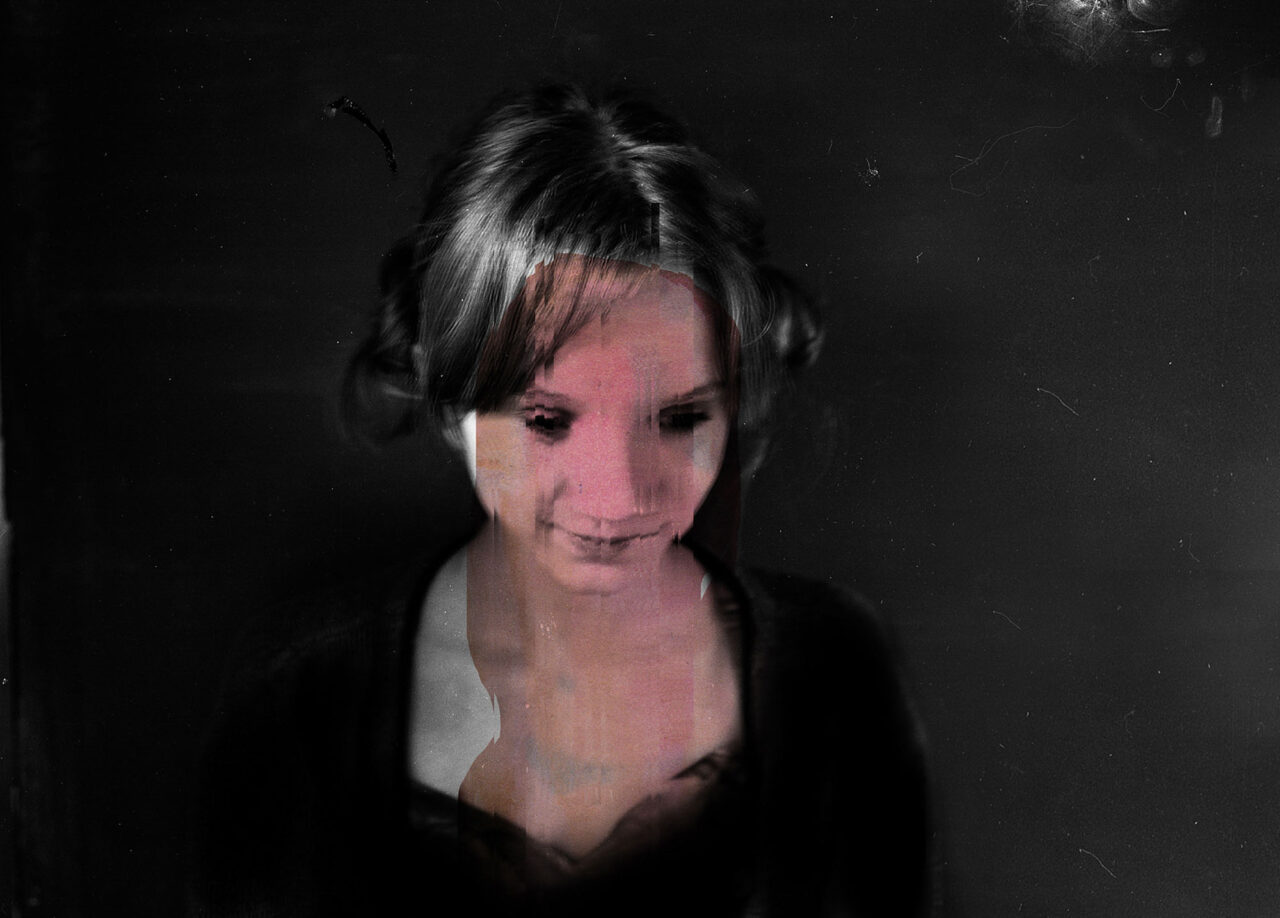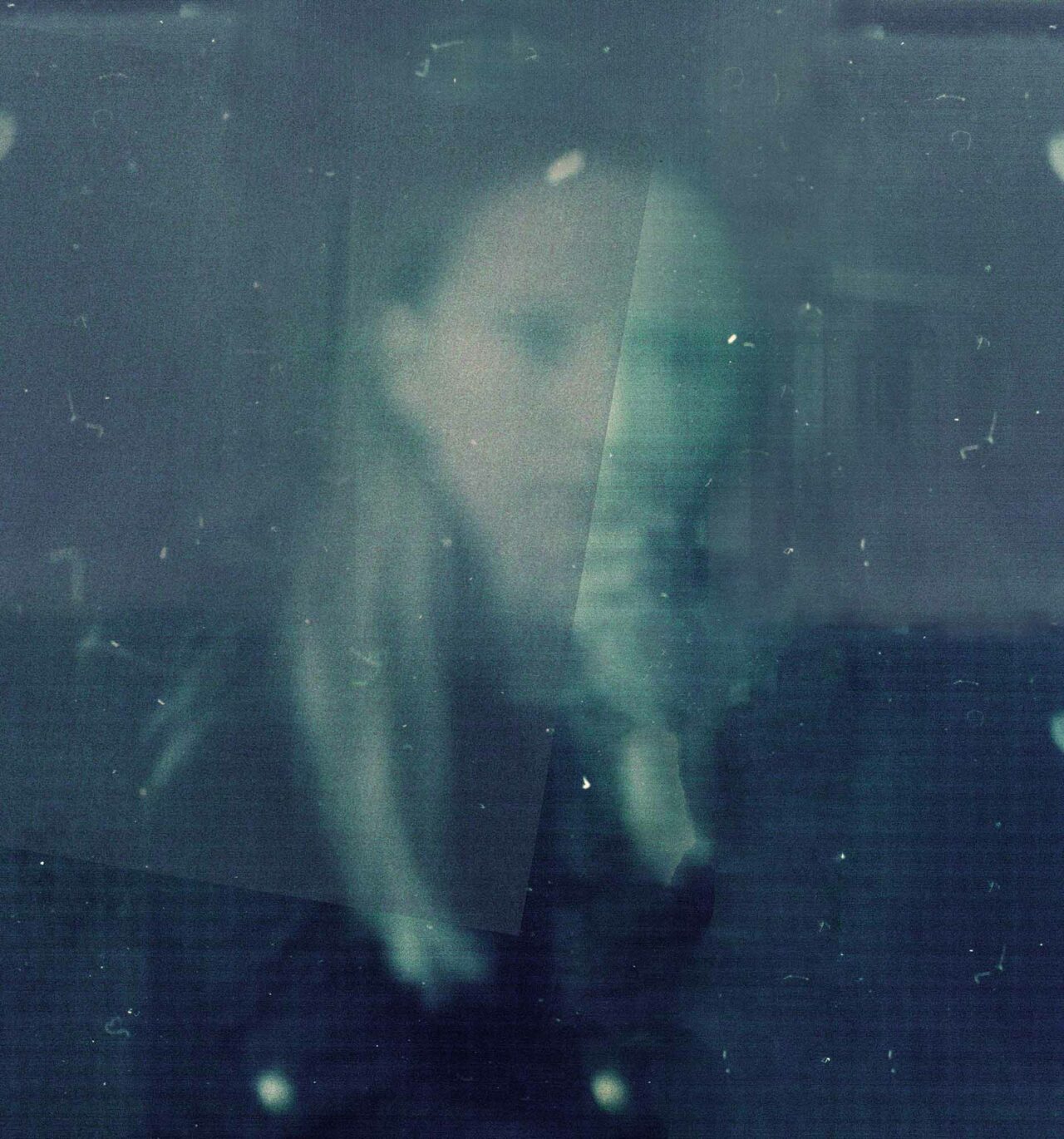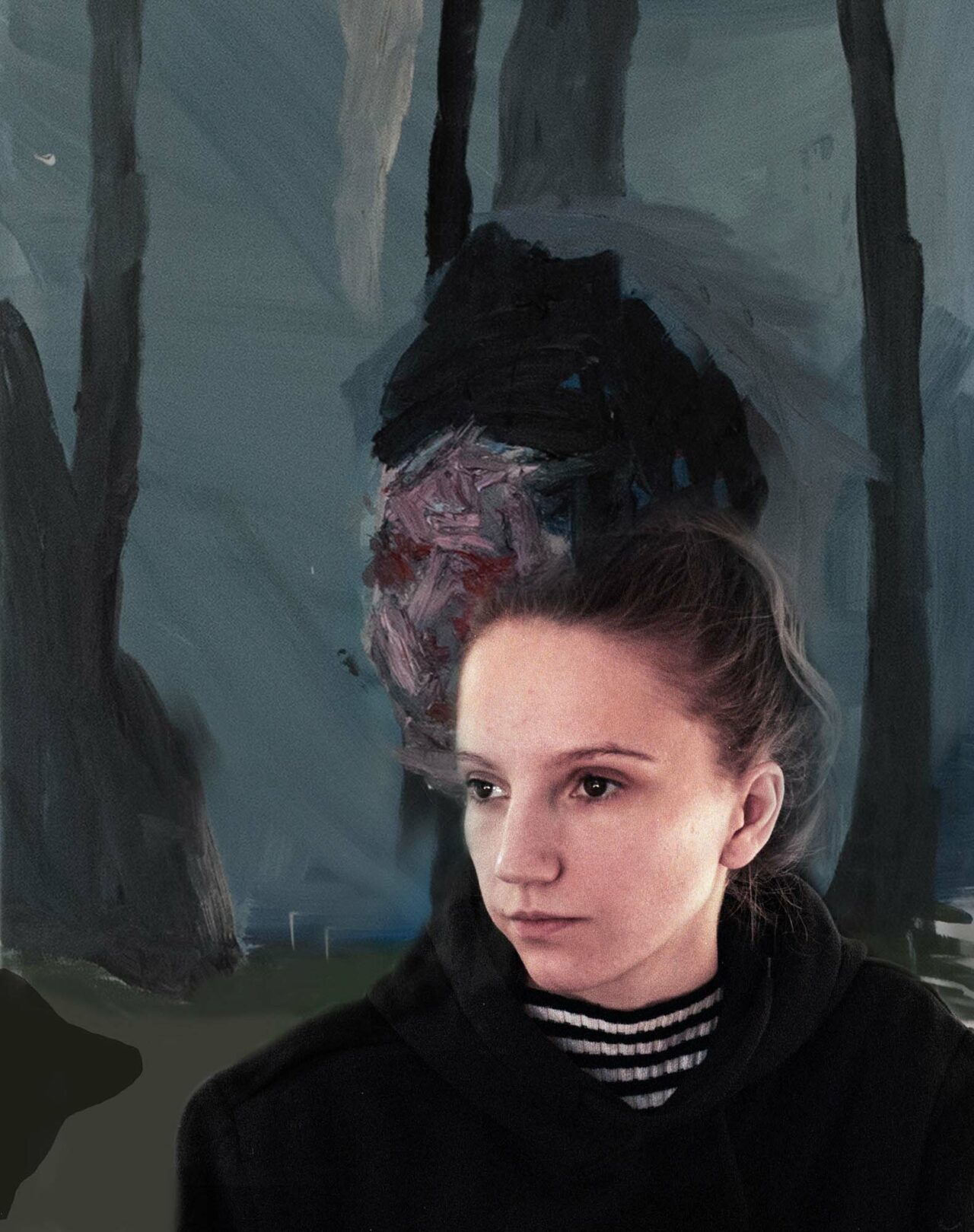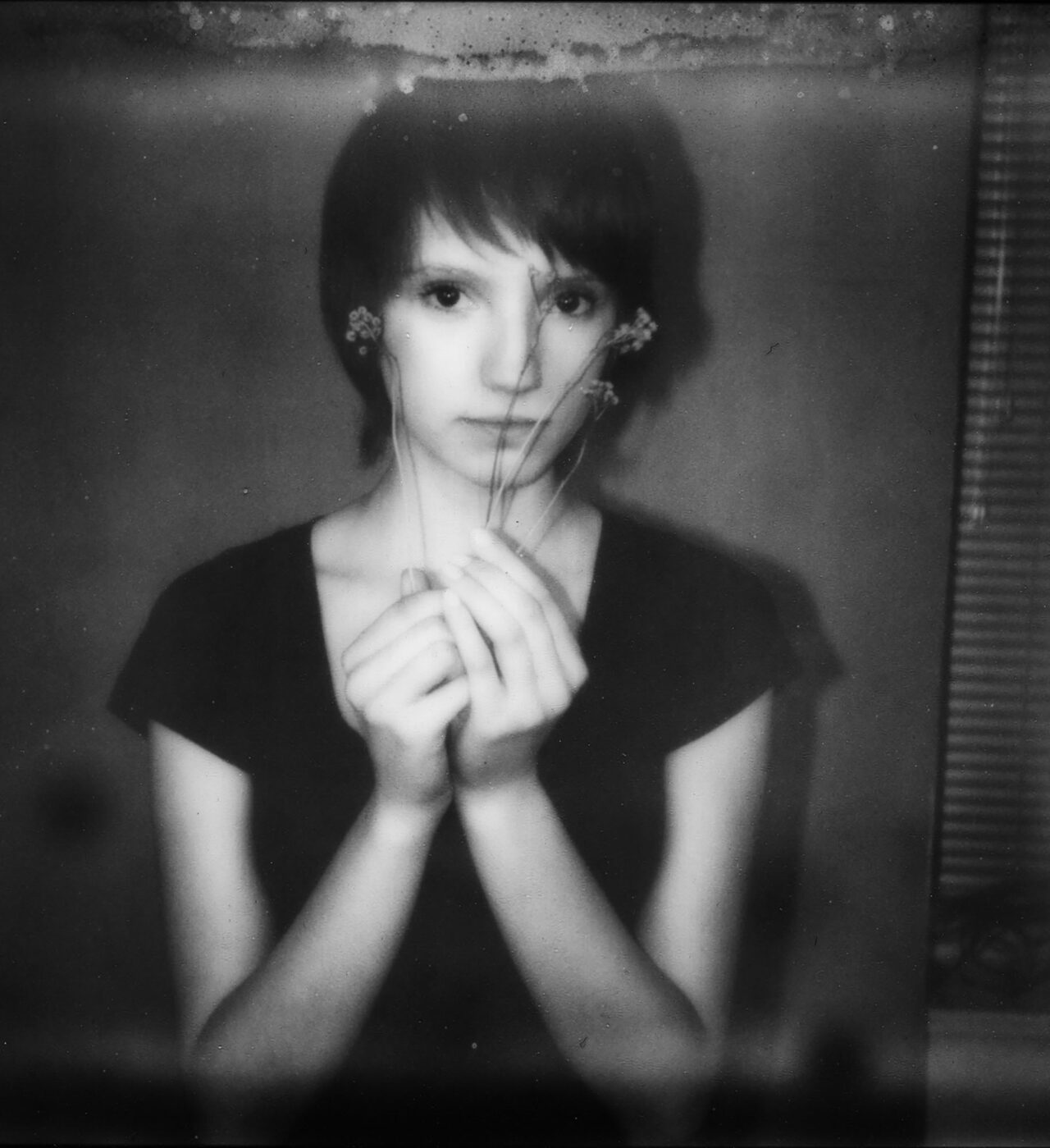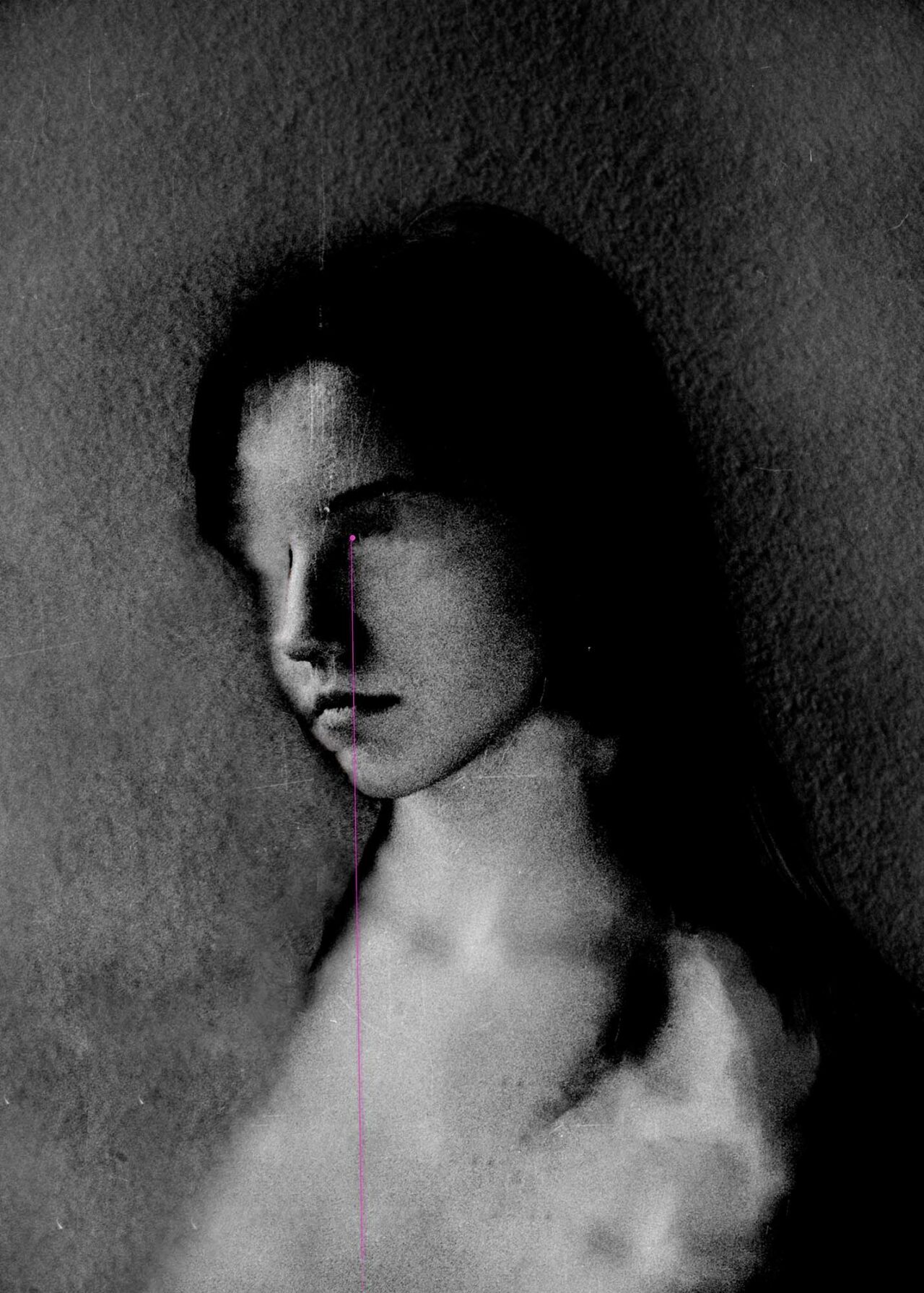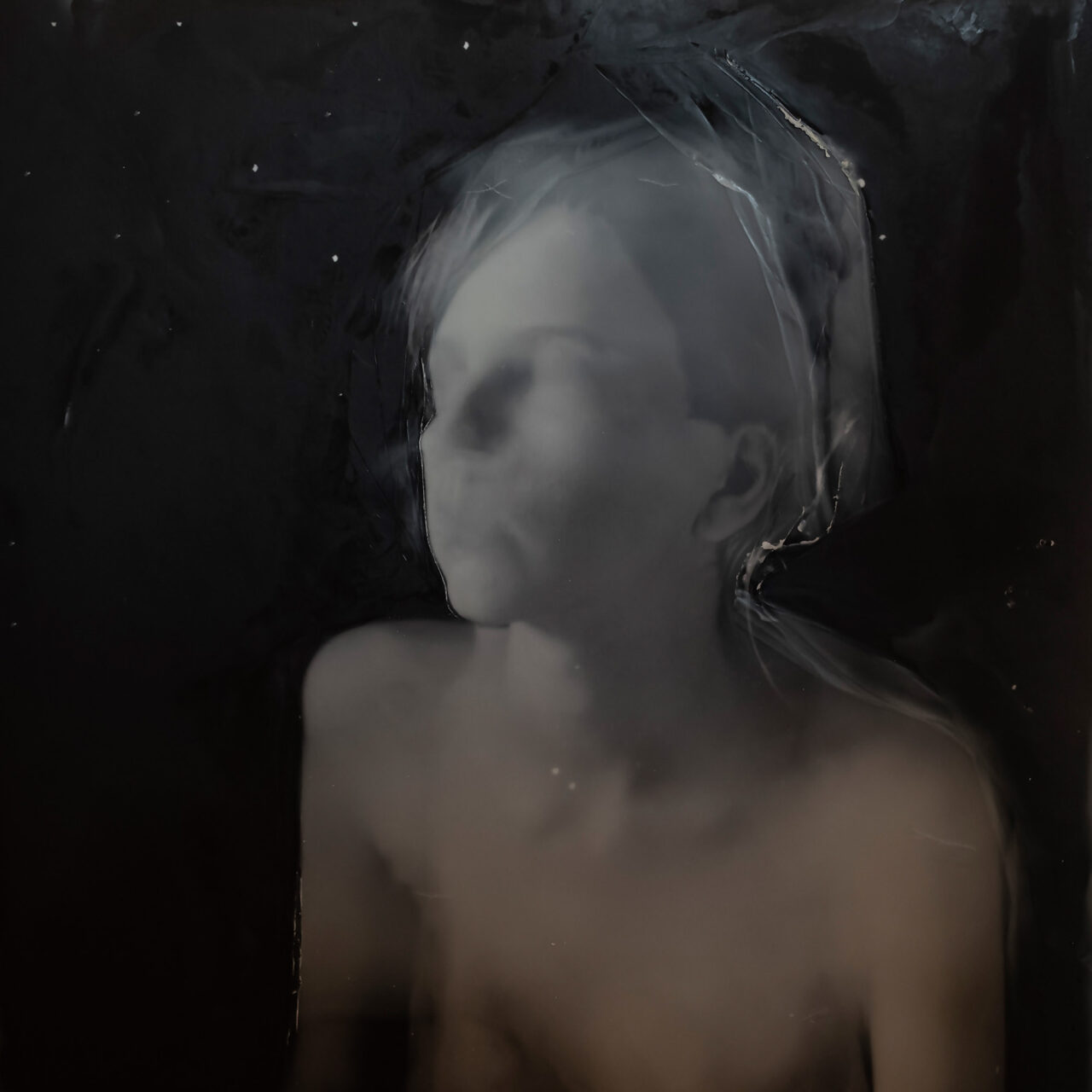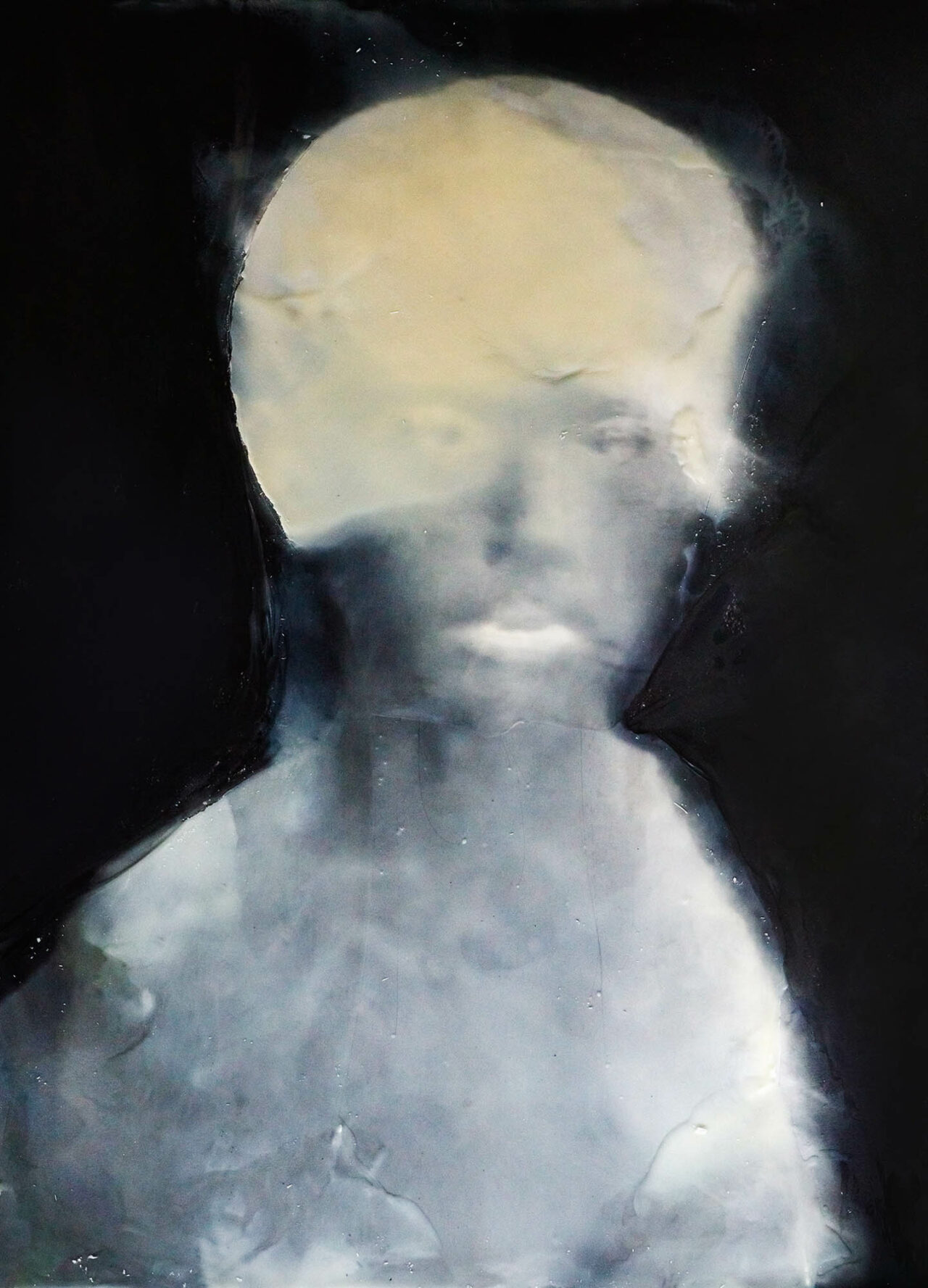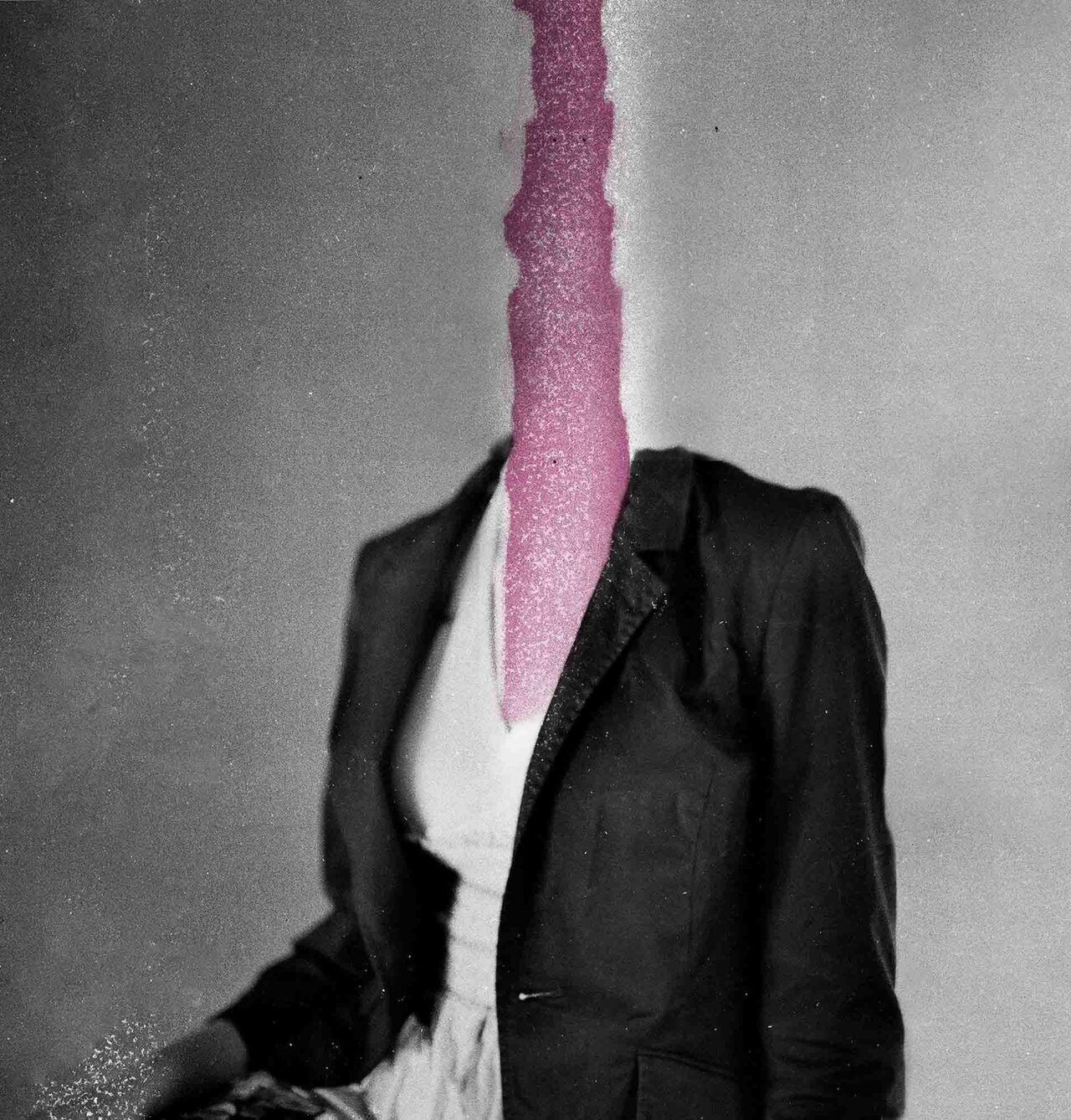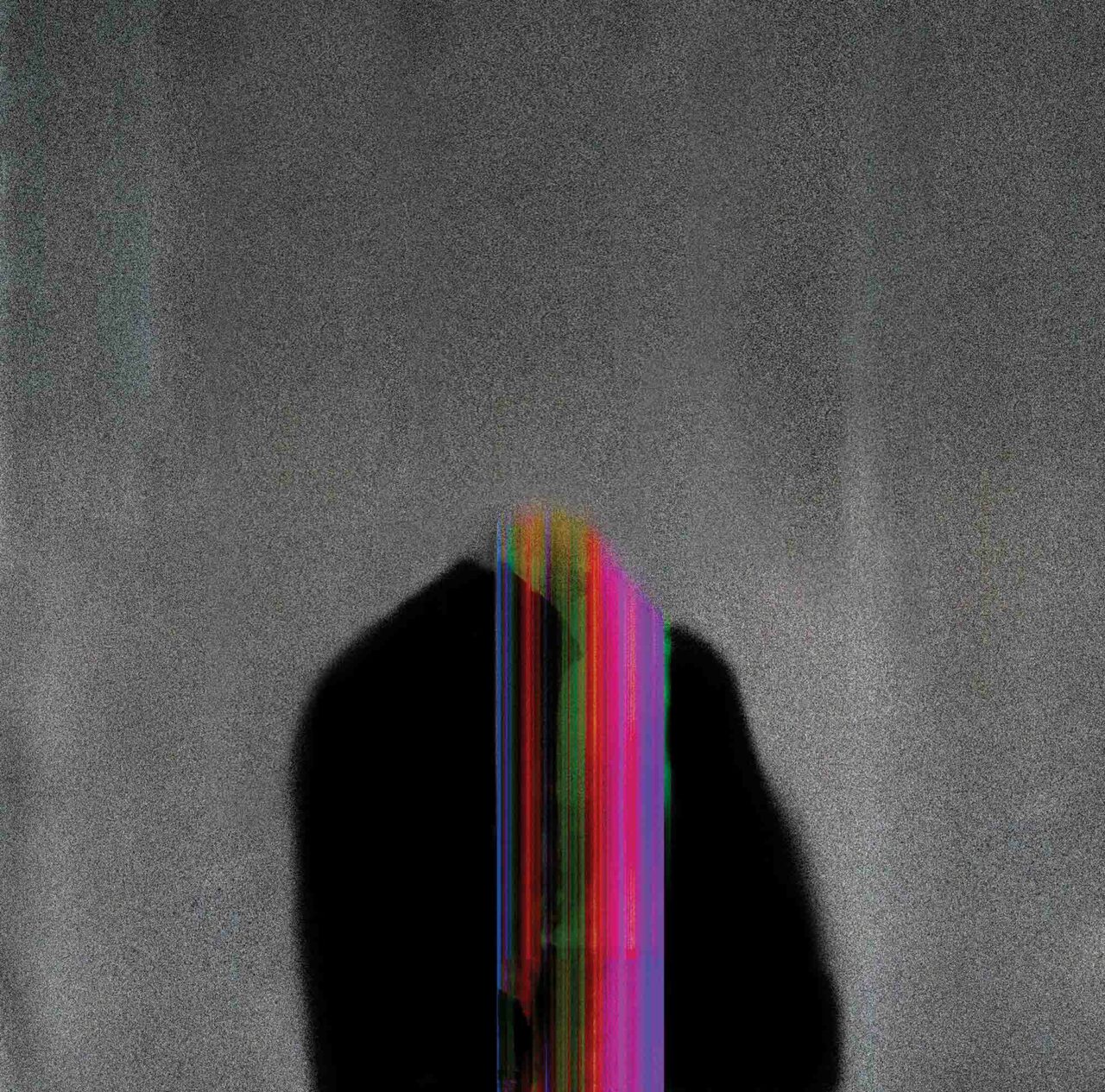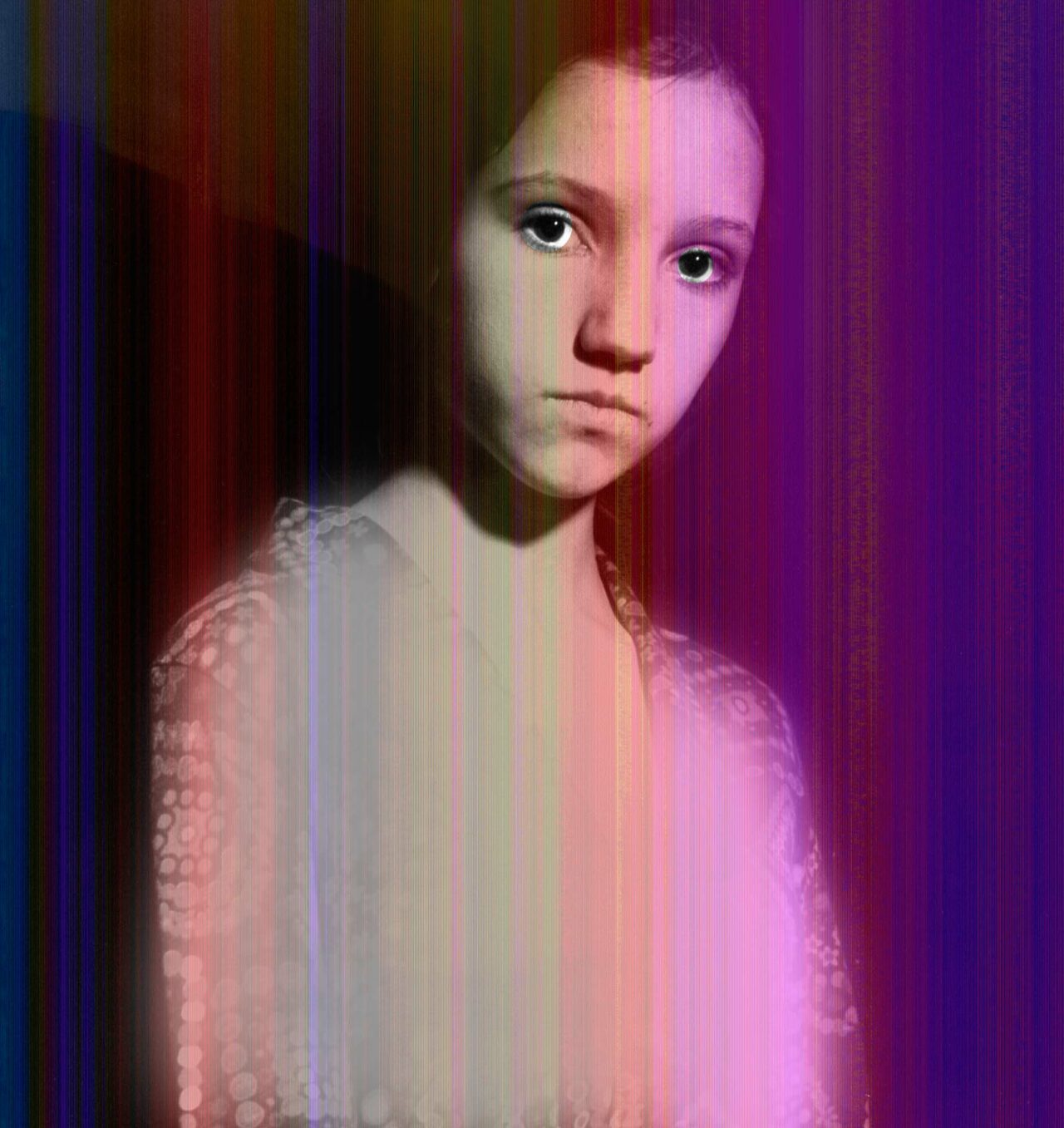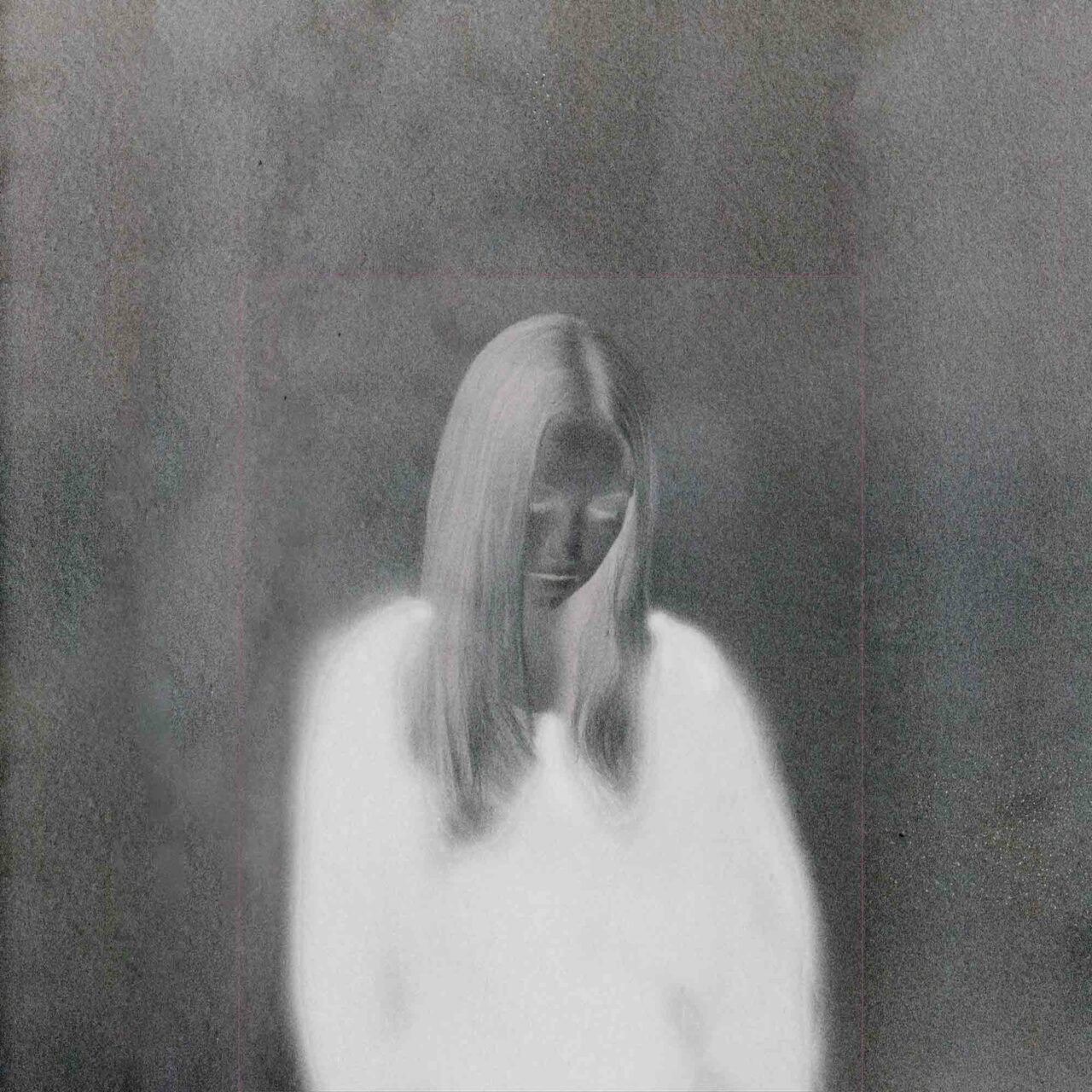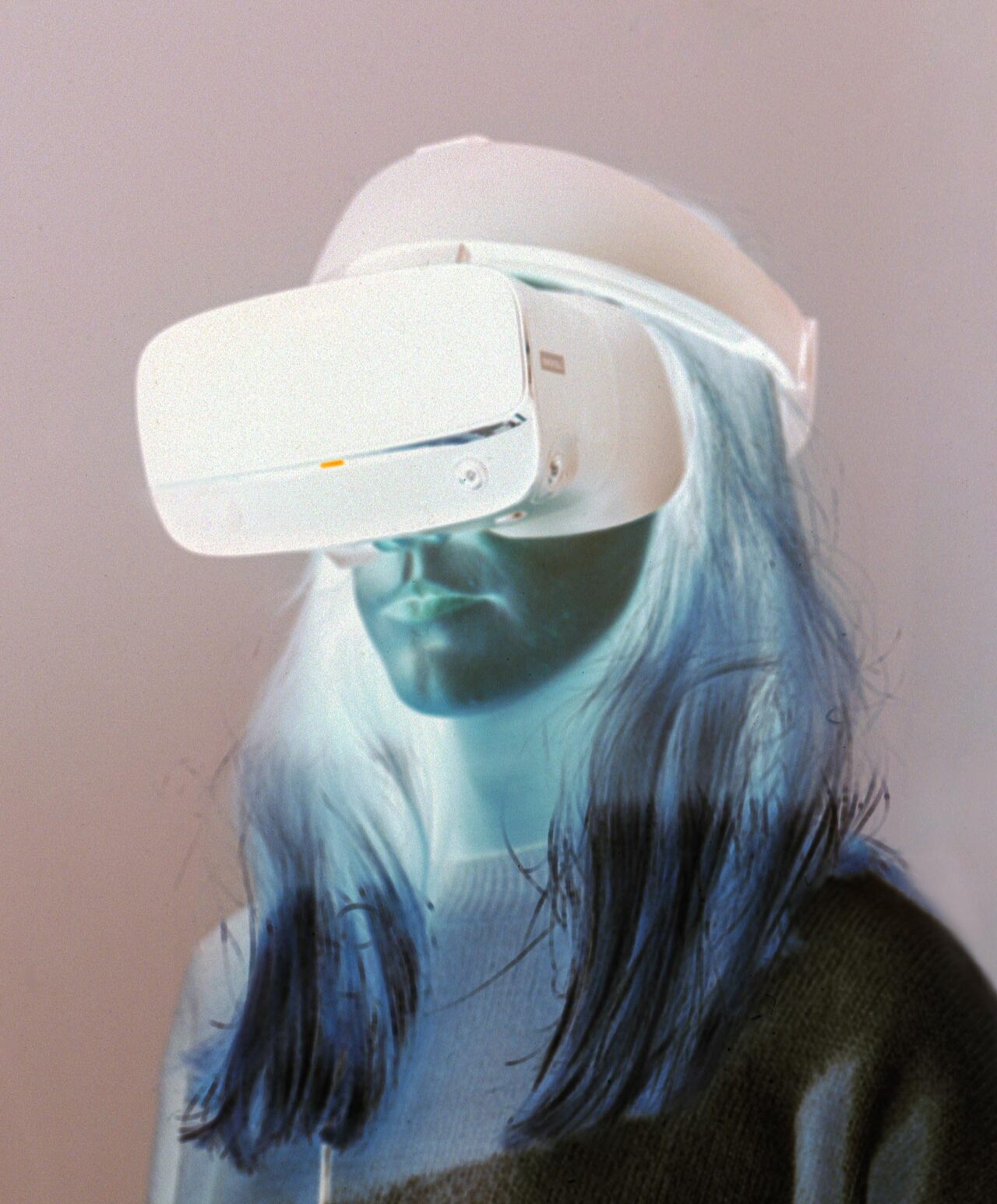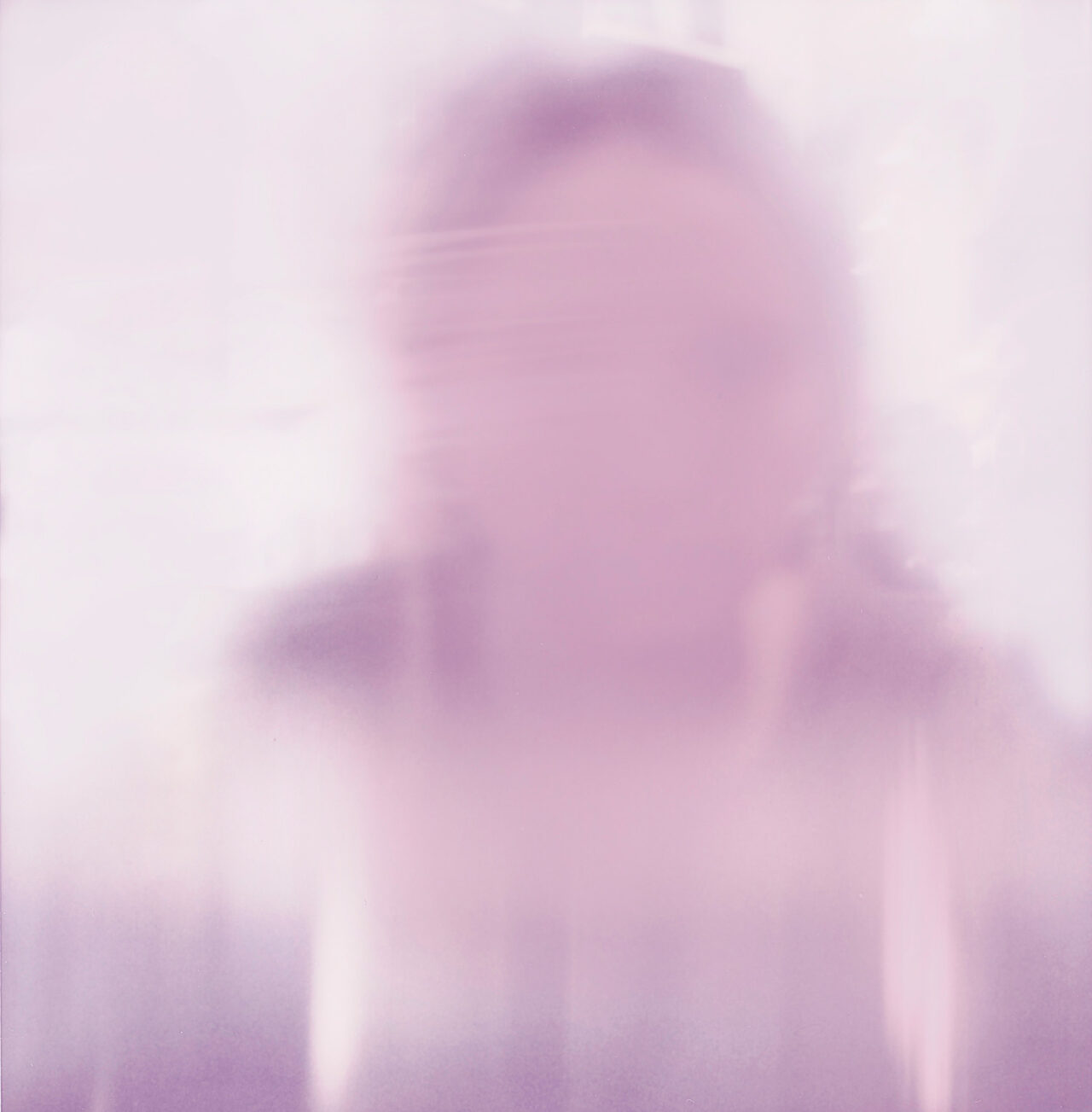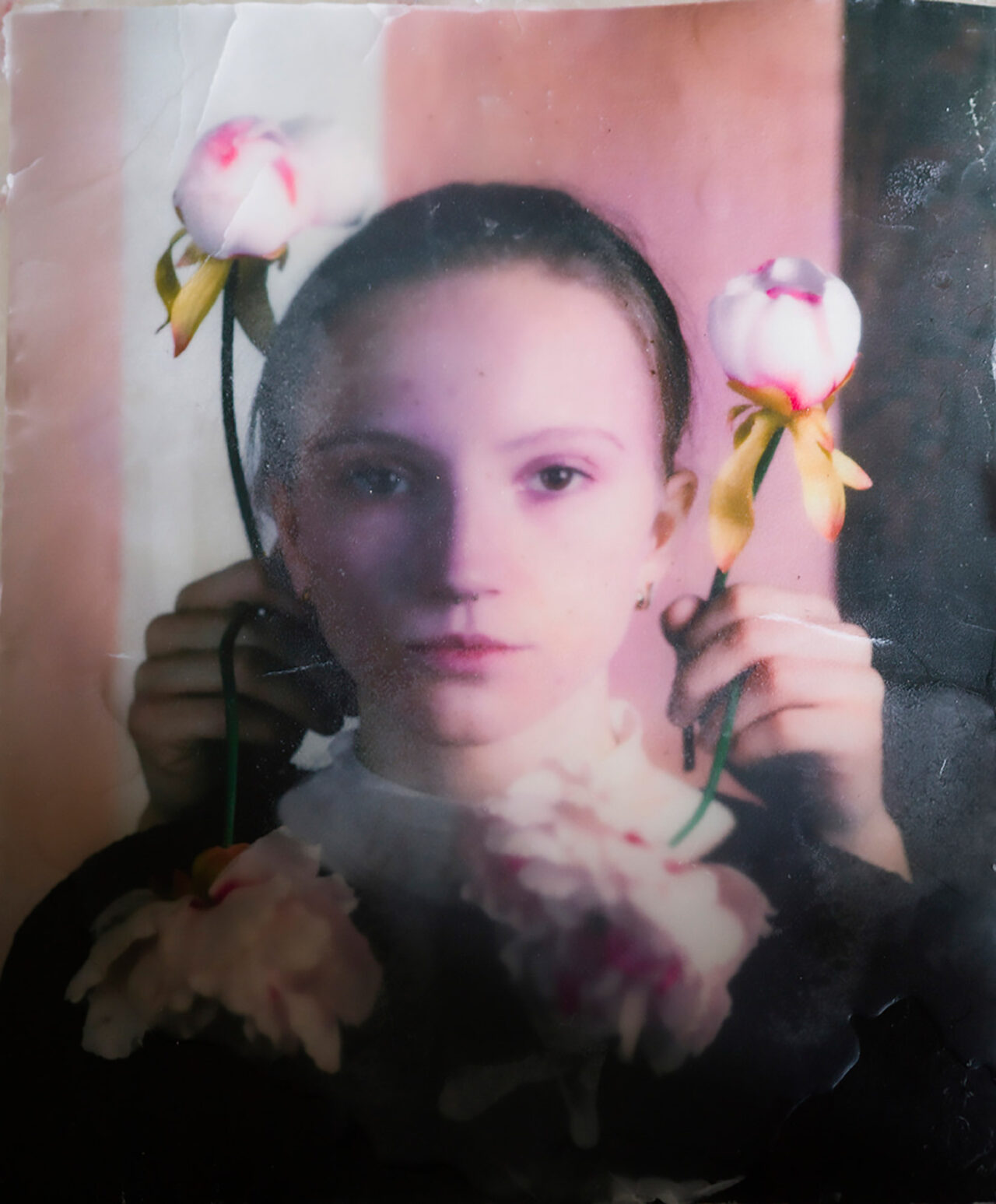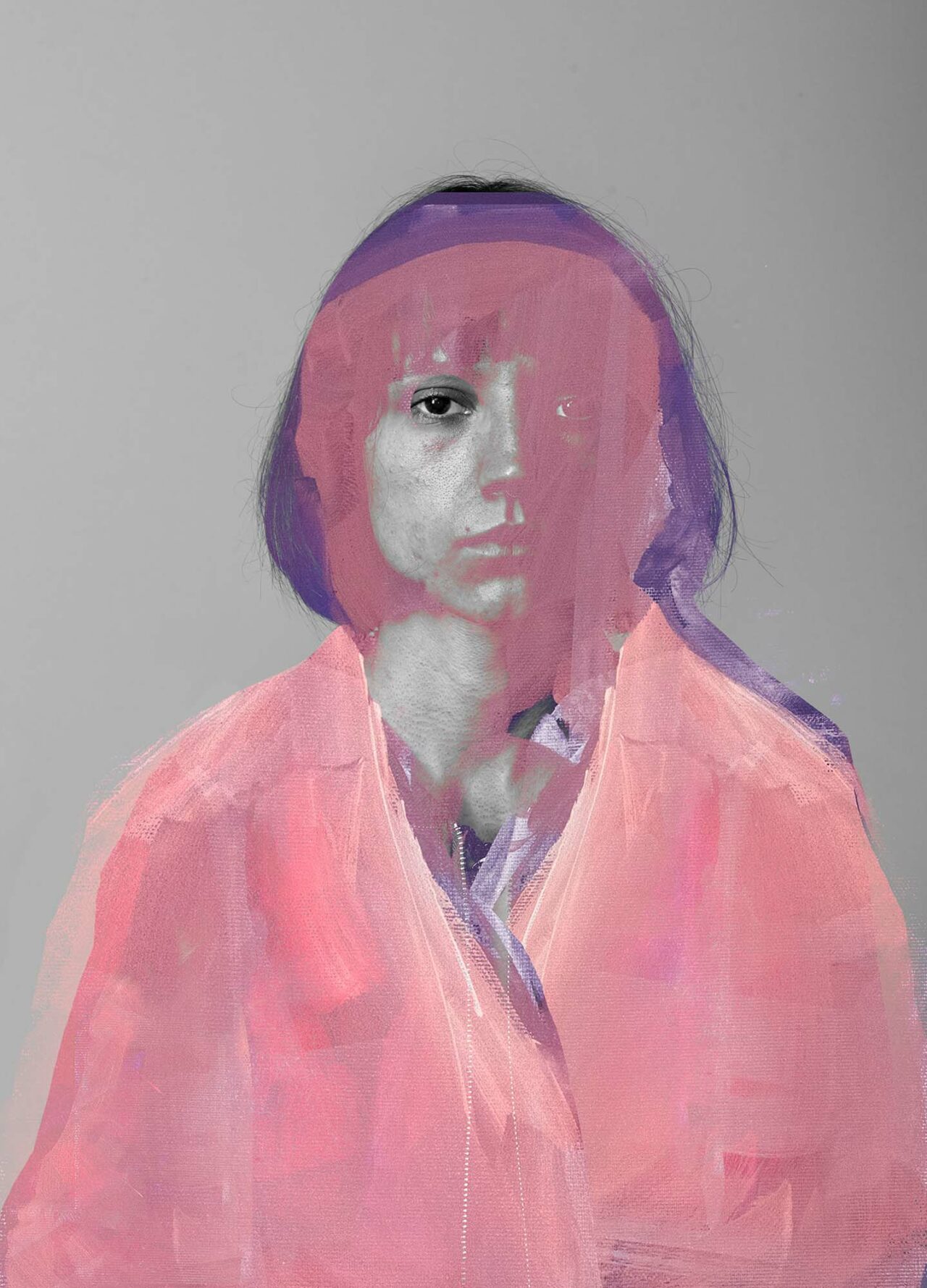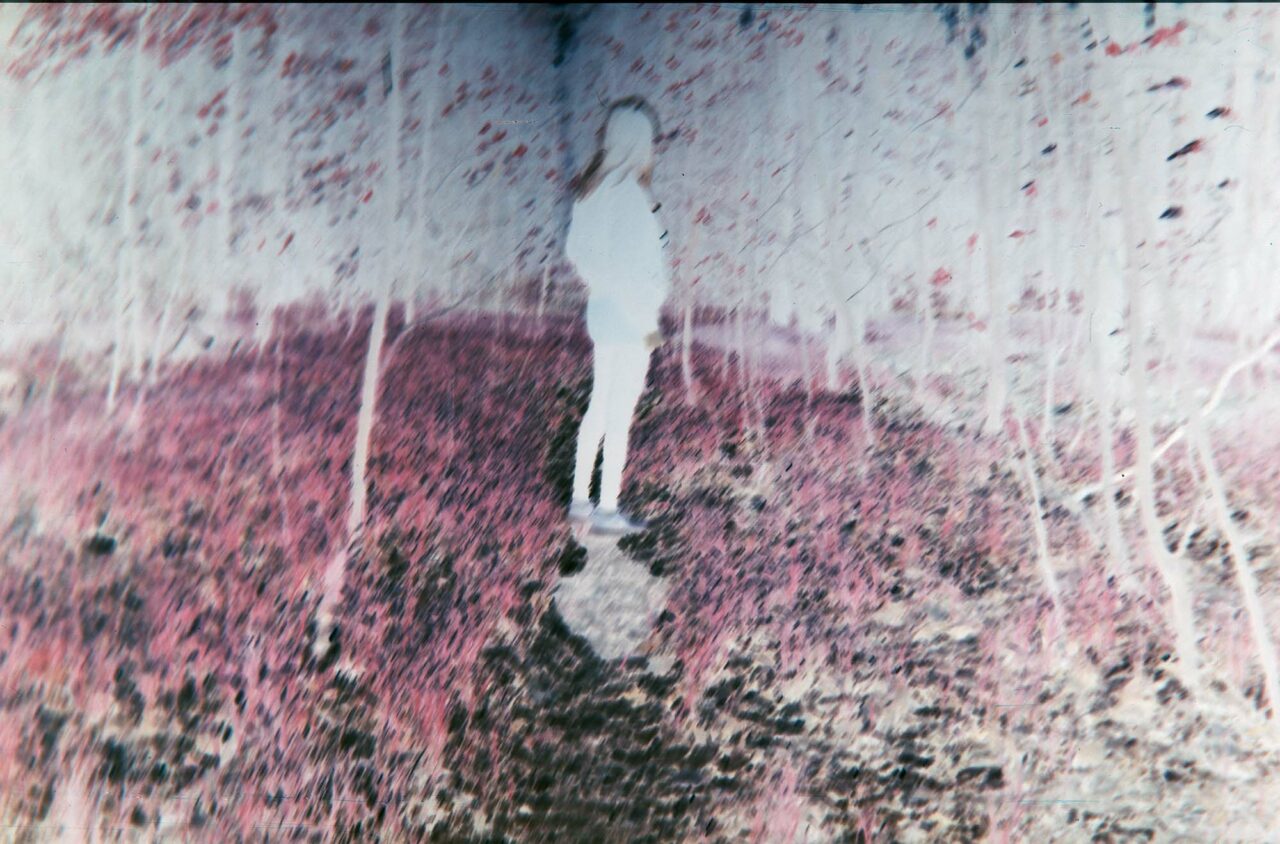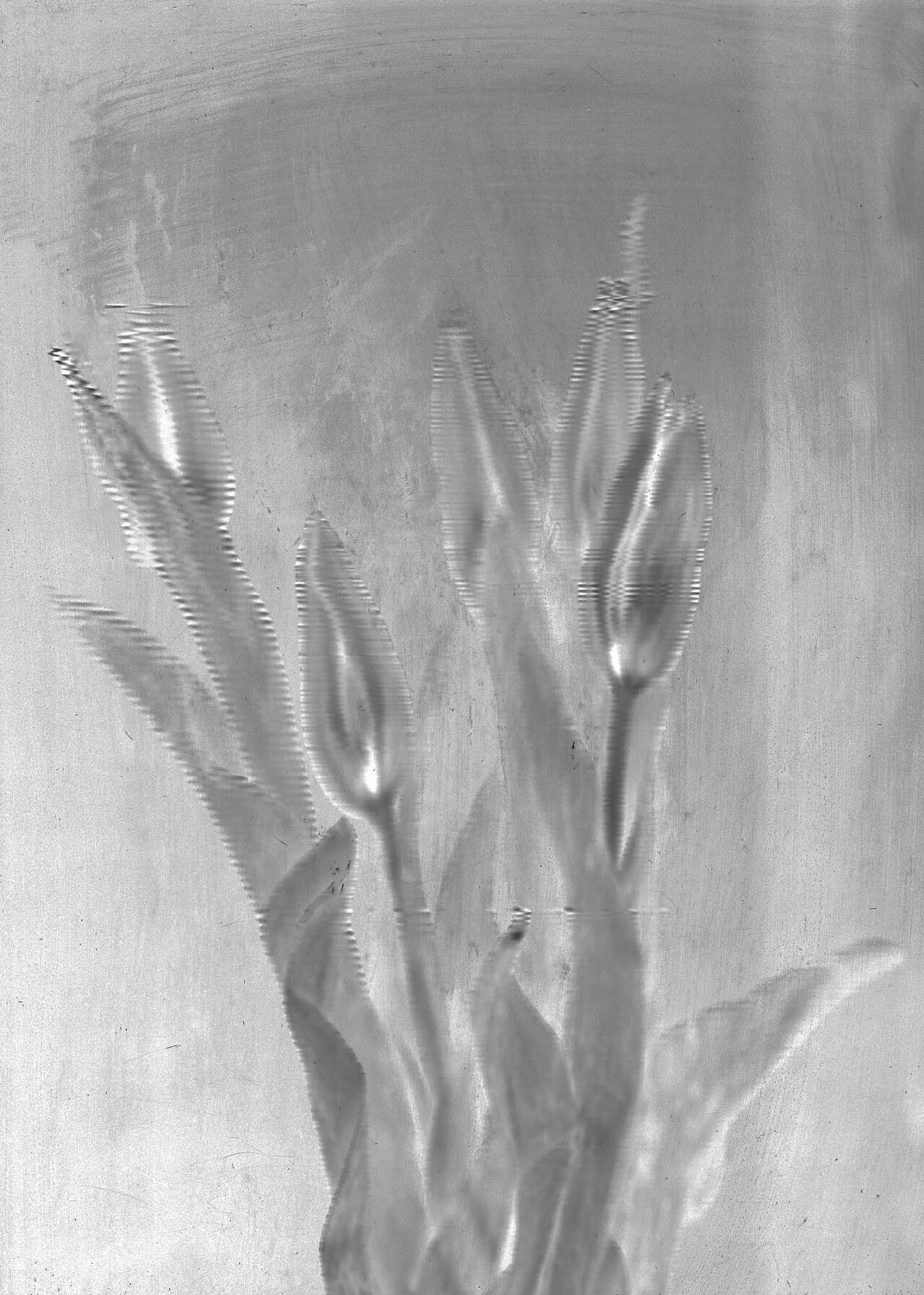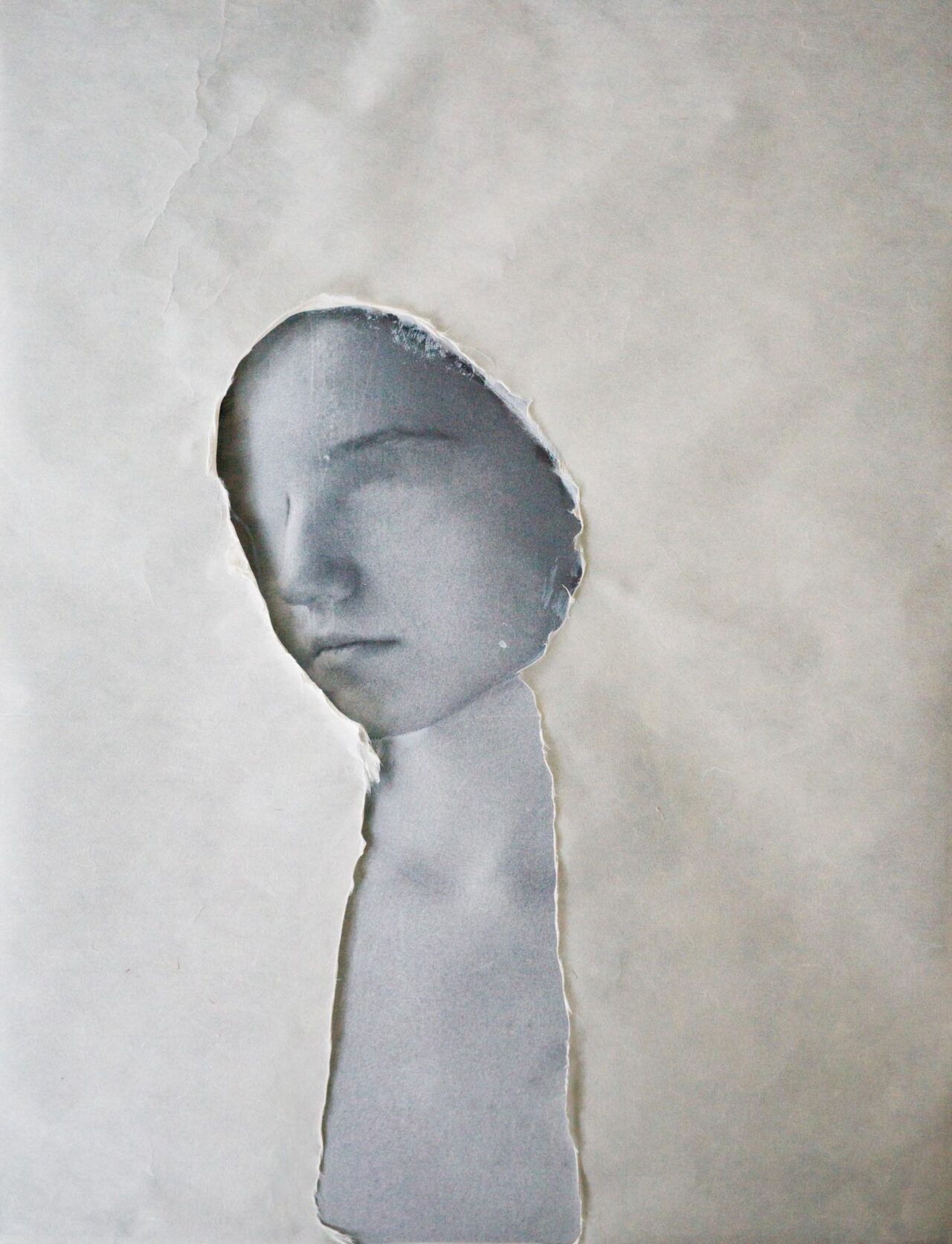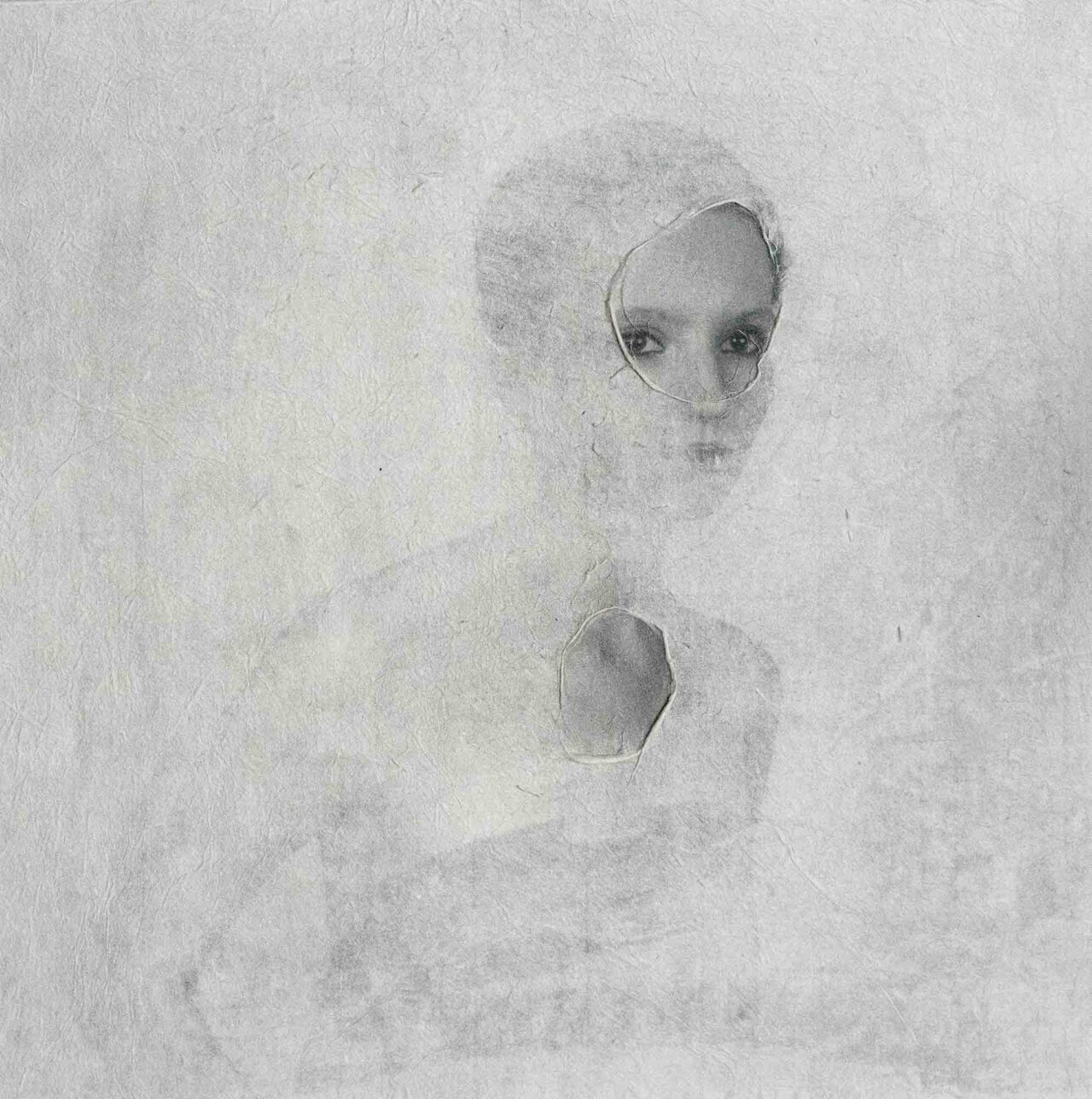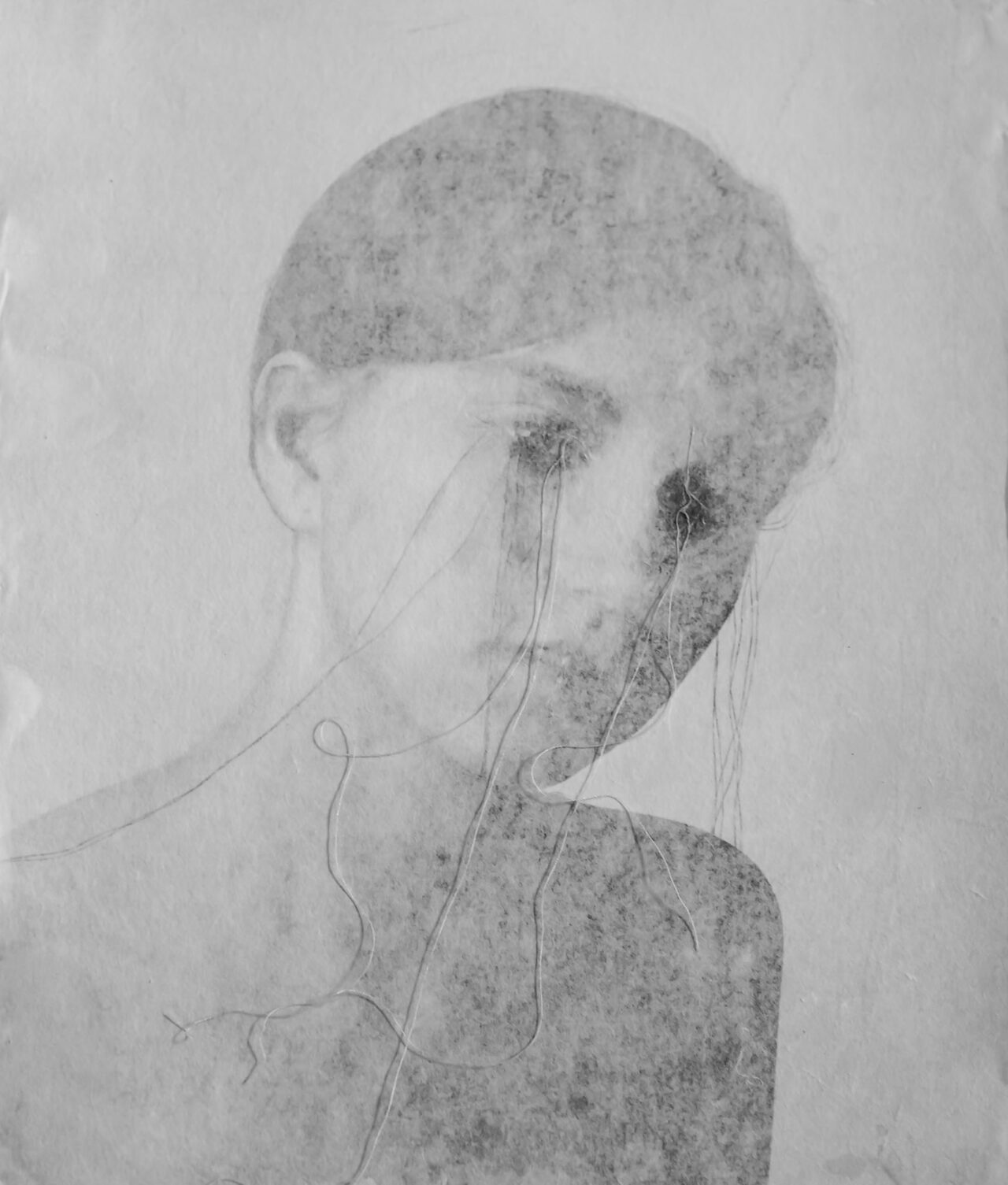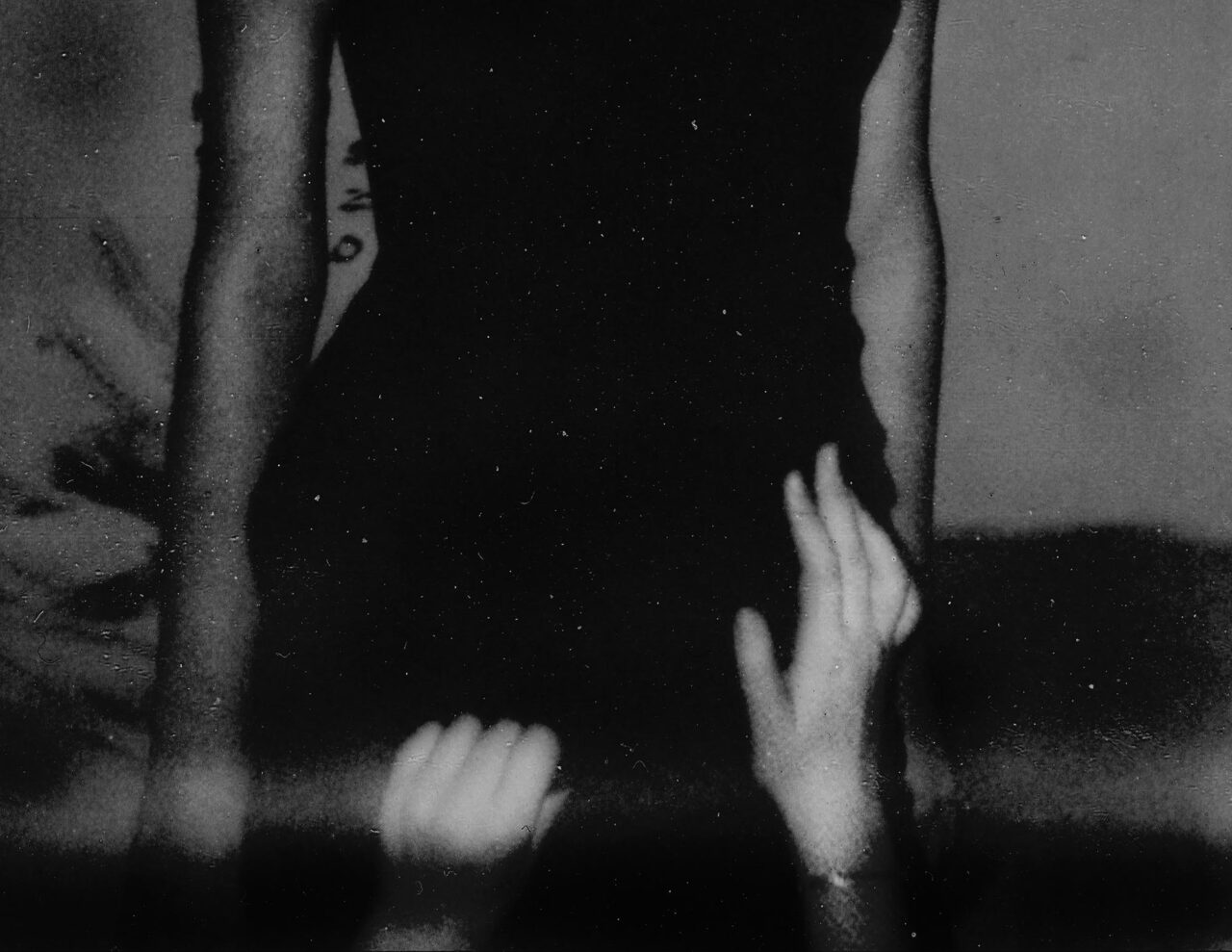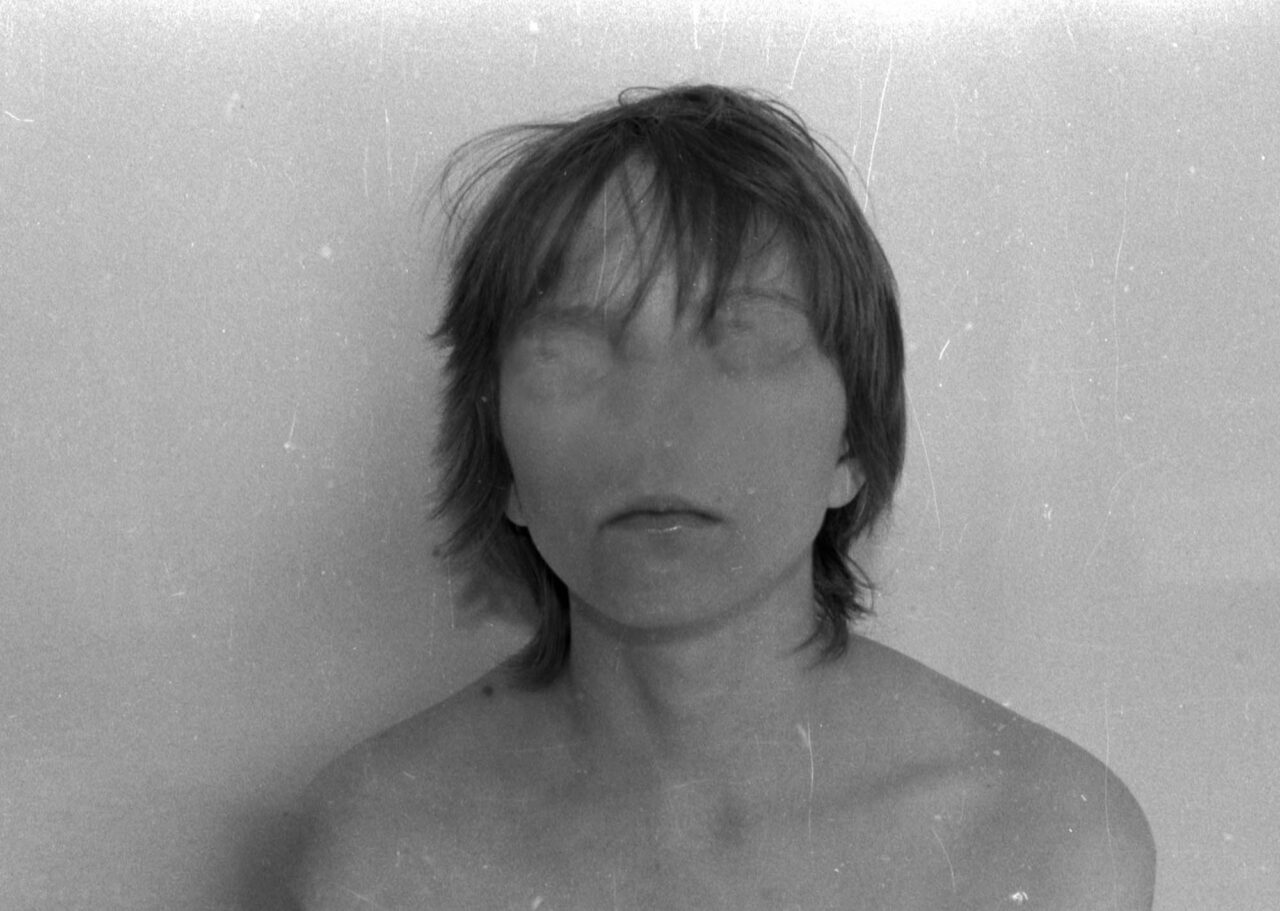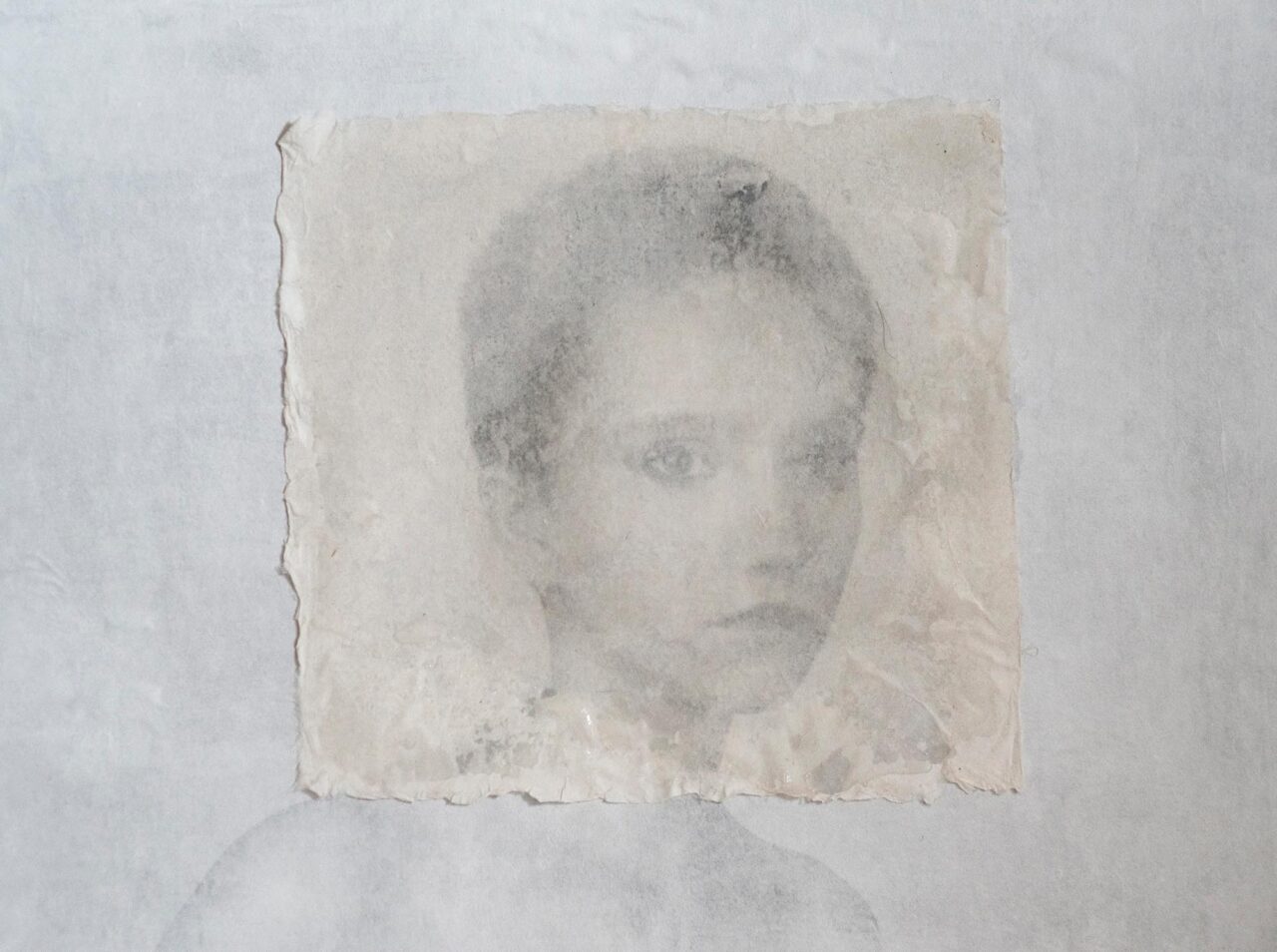Pink Doesn’t Exist
It starts innocently with little problems. Seemingly insignificant behaviour, although difficult to accept, is often explained as a result of growing up, social or emotional maladjustment. Unfortunately anxiety, fear and inability to cope with simple life activities are the signs that you cannot ignore. They are symptoms of civilization disease, that lots of us would like to hide from others – depression. No matter what we think about it, how we try to manage this illness – it can touch everyone regardless of gender, age, social, professional or family status, and also those we love the most – our children.
Iwona Germanek is an artist and a photographer, but first of all – a mother who tries to tame her daughter’s personal experience of depression using the photographic medium.
In her works she asks the question whether art is an appropriate tool to deal with the problem of depression? This question has been haunting artists for a long time. Many outstanding artists have explored the topic of personal struggle with trauma and illness. Their works as well as the project of Iwona Germanek prove that it is difficult to separate art from life. „Pink doesn’t exist” shows the relationship between a mother and her daughter struggling with depression.
Therefore the words of the famous Polish art curator Anda Rotenberg gain apt meaning: „There are topics and areas of everyday life that we try not to notice and that we do not remember about them every day. There are artists who reveal this veil to us and say: look how those – you don’t think about – live. They reach for drastic topics, because the mission of art today is not to provide us with pleasure – but to move us and to awaken reflection”.
The project „Pink doesn’t exist” is something just like that, as well as facing the problem that goes far beyond art and photography. Iwona Germanek accompanies her daughter Wiktoria during the entire therapy process. The mother is the first therapist and faithful companion here.
She is a mother and a warrior fighting for her child. In the multitude of experiences of fear, pain, anxiety, helplessness and fatigue – mother remains an artist, recording the entire process of therapy and recovery. She observes the therapeutic transformation in the self-portraits painted by Wiktoria. As her health improves, the colour palette changes, and the pink colour appears. Pink gives hope. As Germanek writes:
„Black and white distorted bodies, faces with dead eyes. These self-portraits began to change as the therapy had progressed. Apparently the pink colour does not exist. It is only an interpretation of our brain. However this colour – just like hope – was slowly pouring onto my daughter’s canvases and the grey began to gradually warm up”.
Germanek seems to be a modern-day warrior. On the one hand – a fragile and delicate artist, on the other – a strong and tenacious woman fighting for her daughter’s health. This unique combination of strength and sensitivity results in deeply moving works. The artist uses a whole range of activities combining photography and other visual arts. She tells us her story in a very subtle way. She takes photos of her daughter’s art works that were created during the therapeutic process.
She finds photos of Wiktoria in the family archive, where she tries to find the first symptoms of the disease. She includes a moving photograph in her statement, which is a portrait of Wiktoria created as a result of an incorrect recording on the memory card of a digital camera. She covers a photo of her daughter with wax, trying to show numbness and the inability to contact the world. She sticks Japanese tissue paper on individual photographs and then scratches Wiktoria’s face out from under the paper, as if she wanted to bring her daughter out from under the invisible veil of illness that separates her from the world.
Iwona Germanek shows courage by telling us her story. She exposes to the public view things that many of us would like to hide from the world. She tells an intimate and dramatic story of struggling with the oppression of one’s own child’s illness.
The author leads us through the tangled and inner worlds of mother and daughter. Her project is an example of taming painful experiences through art. Photographs are not a flashy manifesto written on gallery walls. It is a message of tenderness, love and strength of the mother and the artist. It is a touching, multi-layered photographic story about overcoming illness and the inner strength that pushes us to fight.
Krzysztof Gołuch
